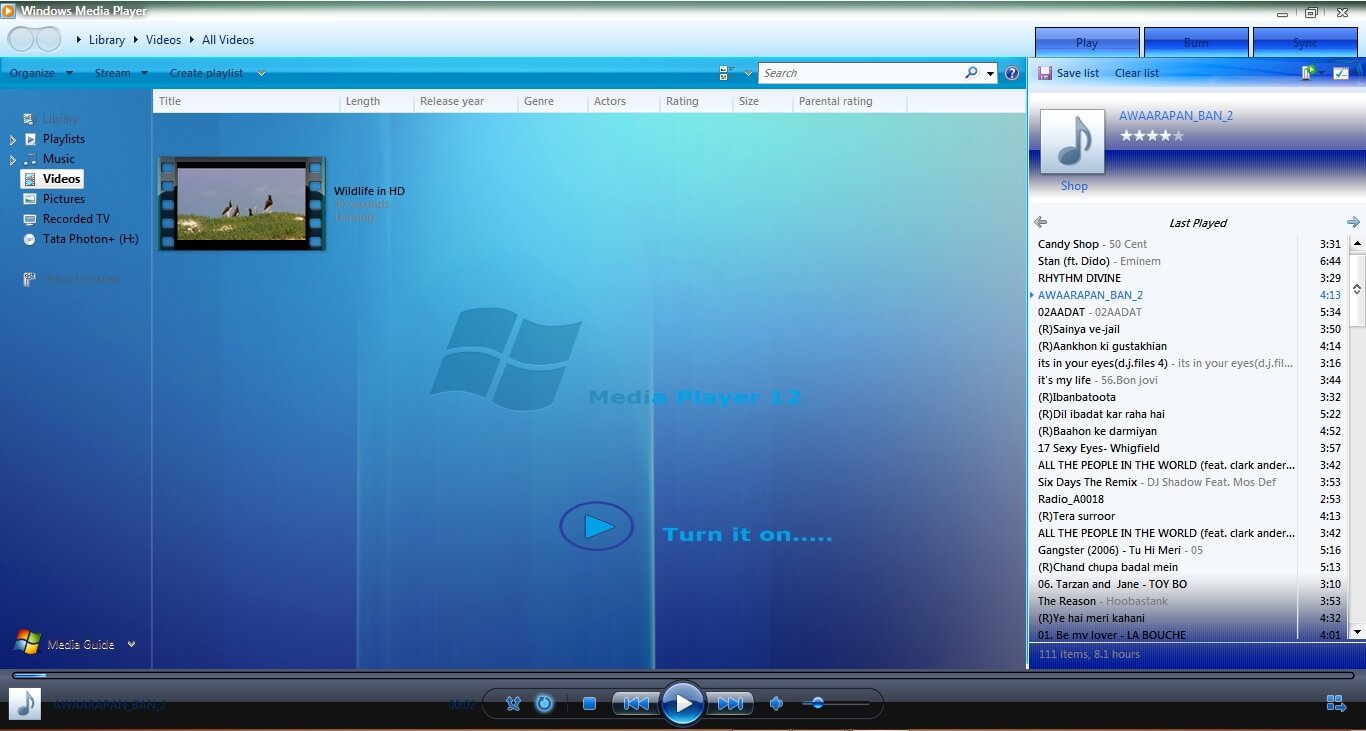

- #Using a mac computer for church media install
- #Using a mac computer for church media software
- #Using a mac computer for church media password
- #Using a mac computer for church media free
You will need a Facebook account and have already installed the Facebook app. Your first live stream: the SIMPLEST optionįirstly, the easiest method for live streaming to Facebook is to use your mobile phone, tablet or computer that has a built-in or connected camera.

If people do miss it though they are still able to watch later. Also, live streaming does help people to feel more connected in sharing the moment together, even if it is from their homes. However, the advantage of using Facebook live is that you can have real-time interaction from others who can comment, like, etc. This may take the pressure off and allow you to be more comfortable with it before sharing. You don't necessarily need to use real-time live streaming, you can use a smartphone to record a video and use the options available on your phone to share this on Facebook or YouTube at the desired time. This is the first question you should ask. If you prefer watching a video we have also made a video guide. Get comfortable with the basics and then if you want to venture further I will also show you how you can add images and videos to your live stream. My advice is to take each step one at a time and build on your live streams. We have used Facebook live within our own church and it has worked very well.
#Using a mac computer for church media free
However, in an attempt to balance simplicity and low cost with key useful features, this article concentrates on using the free OBS Project software and delivering a live stream using Facebook live (alternatively YouTube can be used if preferred).
#Using a mac computer for church media software
There is quite a lot of different live streaming software available and various streaming platforms, e.g. I was recently asked 'how do church leaders who may not have used this technology get started?' While there are a lot of resources on the internet, it can be overwhelming to know where to begin so I have written this guide to hopefully help others. On a positive note, we have found that some churches are often reaching a wider audience than they usually do! Whilst several have people available to help with setting this up, many are left wondering where to start. However we all still need connection with people and although the internet doesn't replace face-to-face, it does provide an incredible opportunity to help keep many people connected and supported. Many churches have had to quickly embrace using the internet for streaming of online events and services. You can now quit Terminal and eject the volume.With the recent COVID-19 pandemic the world is facing, many organisations and especially churches have been impacted by not being able to physically meet together.
#Using a mac computer for church media install

Terminal doesn't show any characters as you type your password.
#Using a mac computer for church media password


 0 kommentar(er)
0 kommentar(er)
